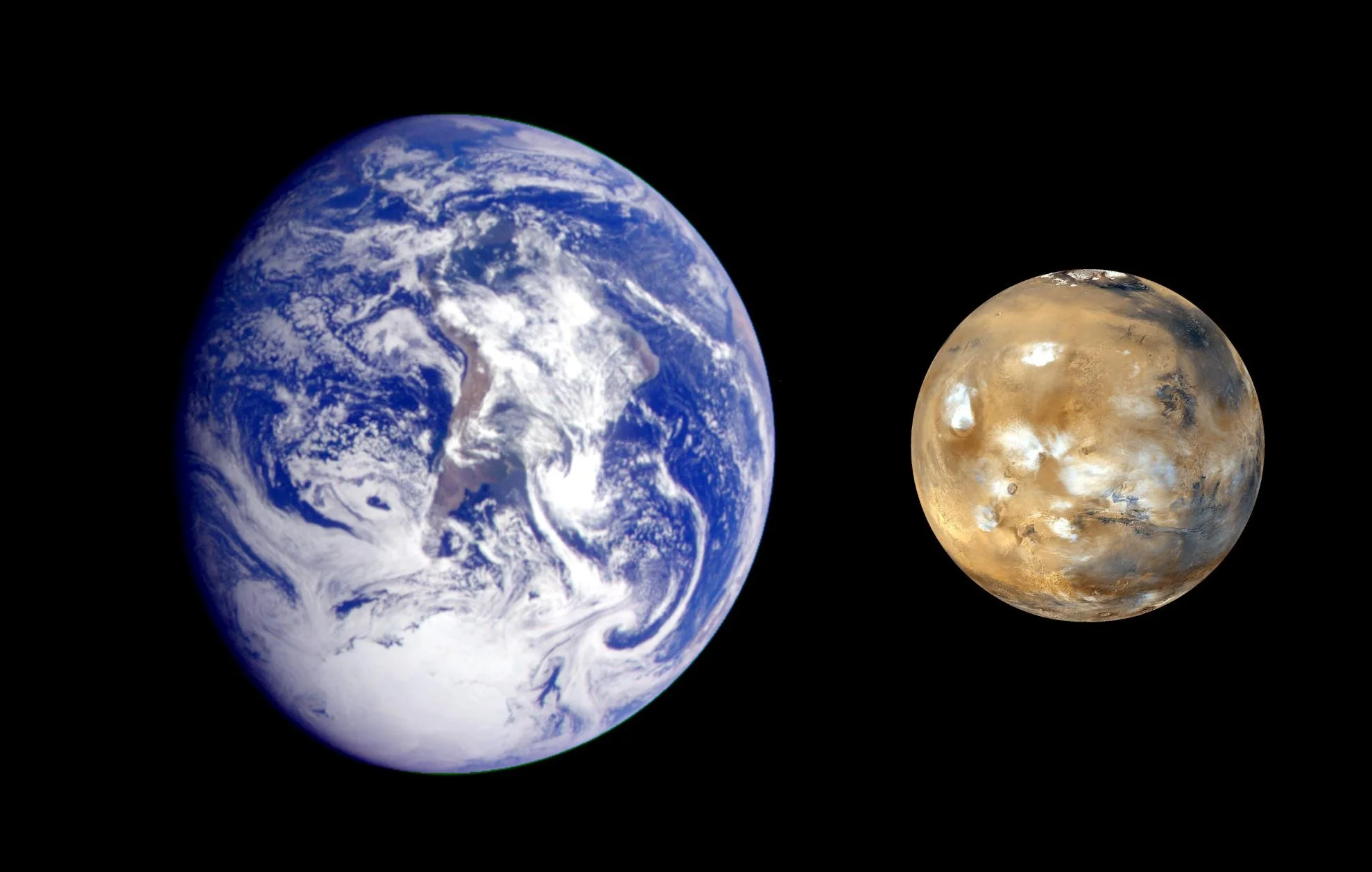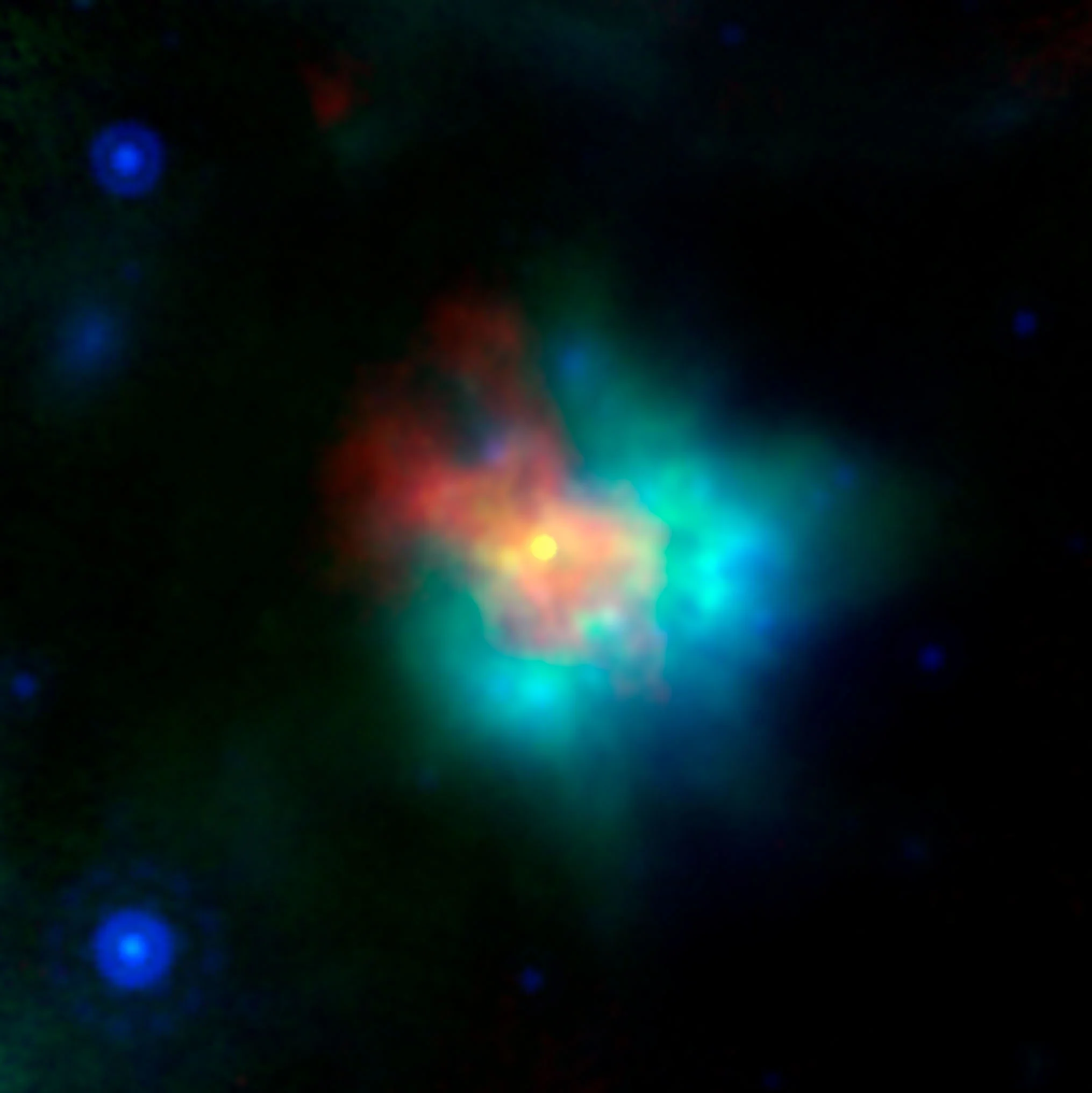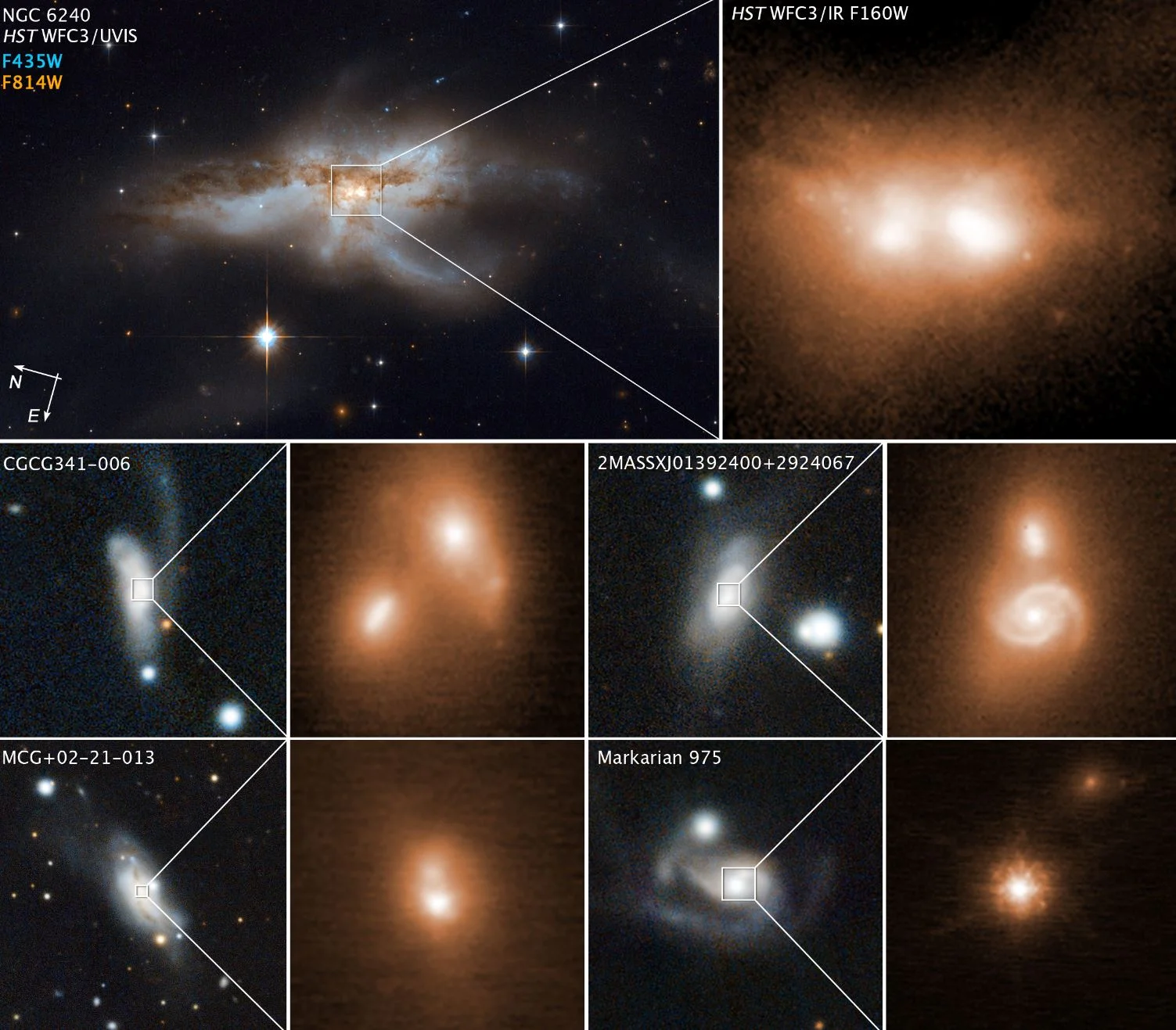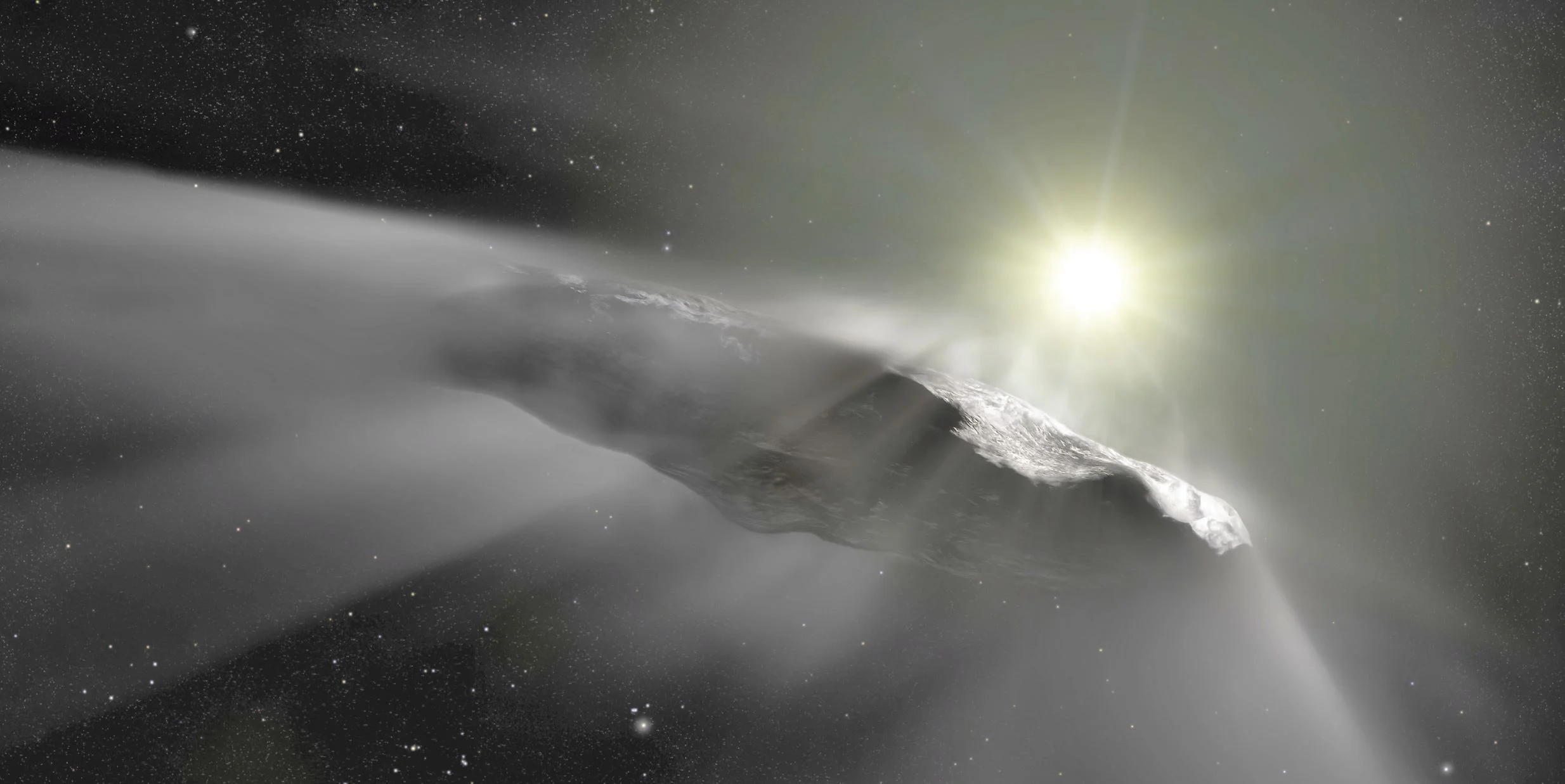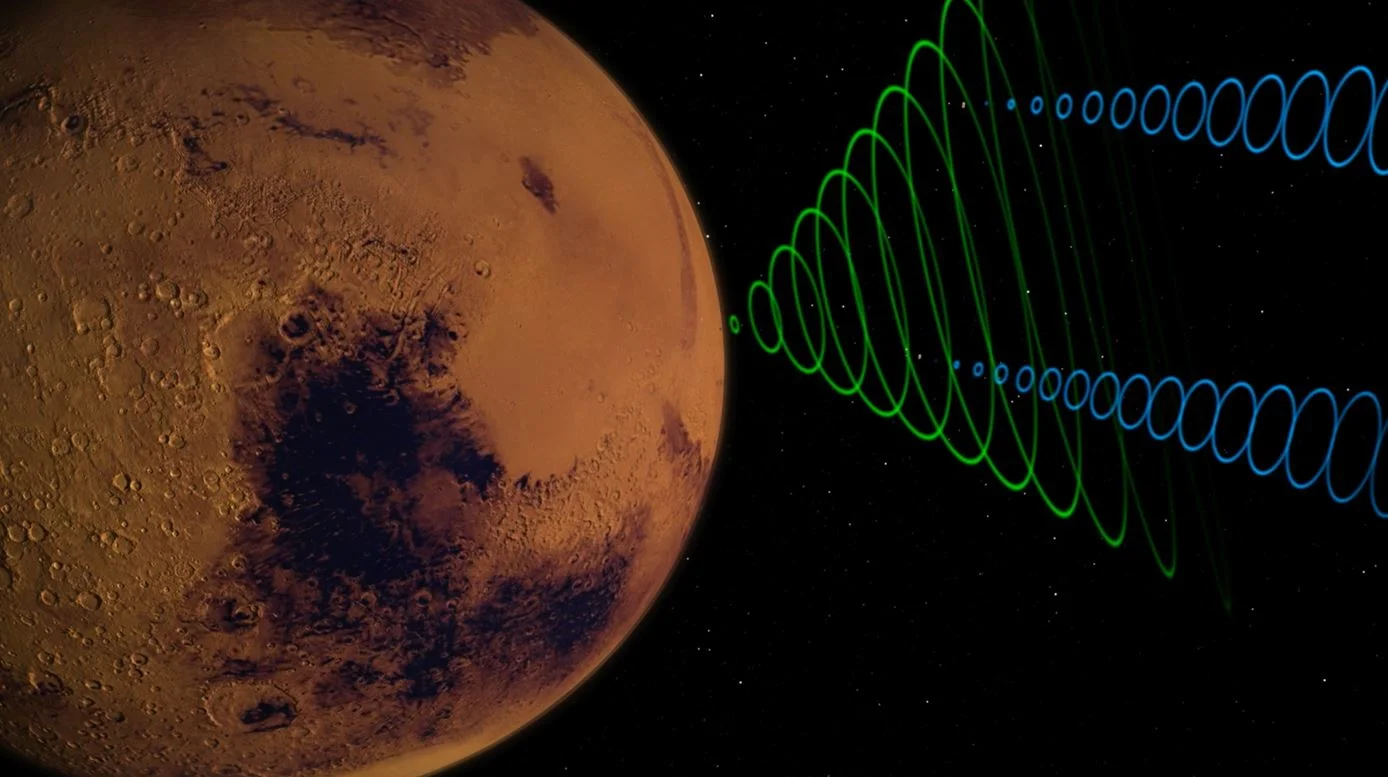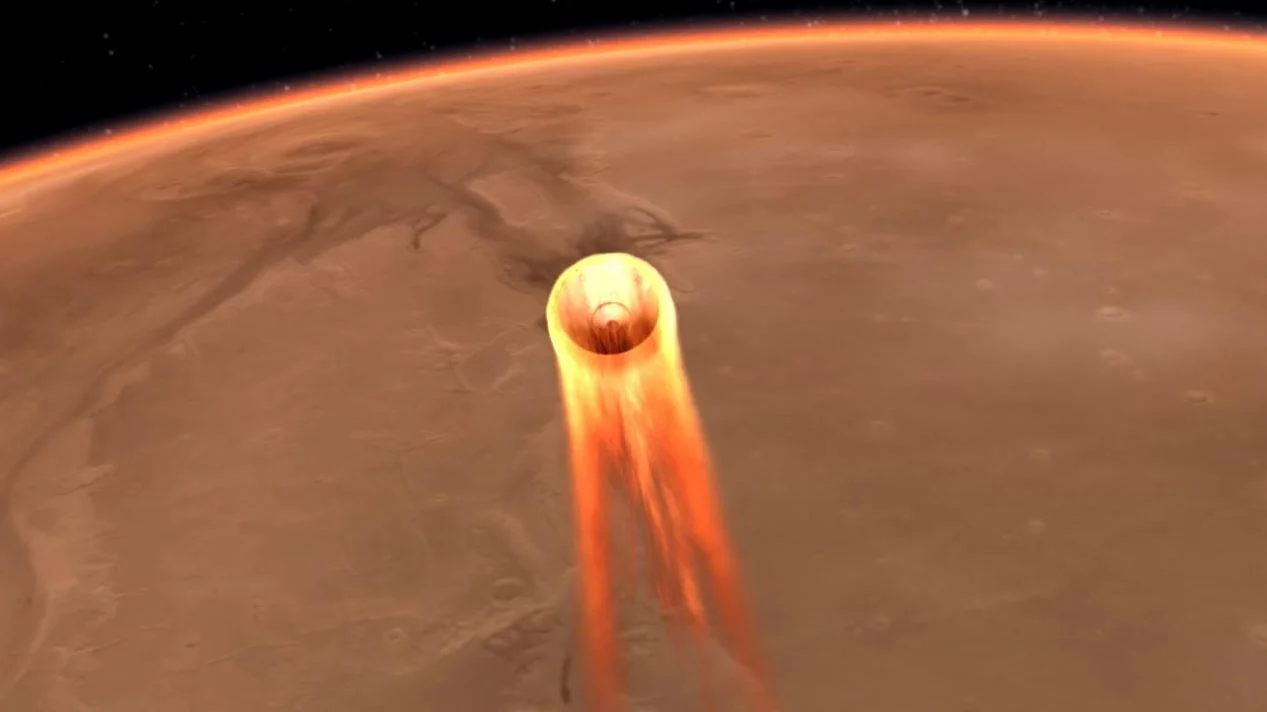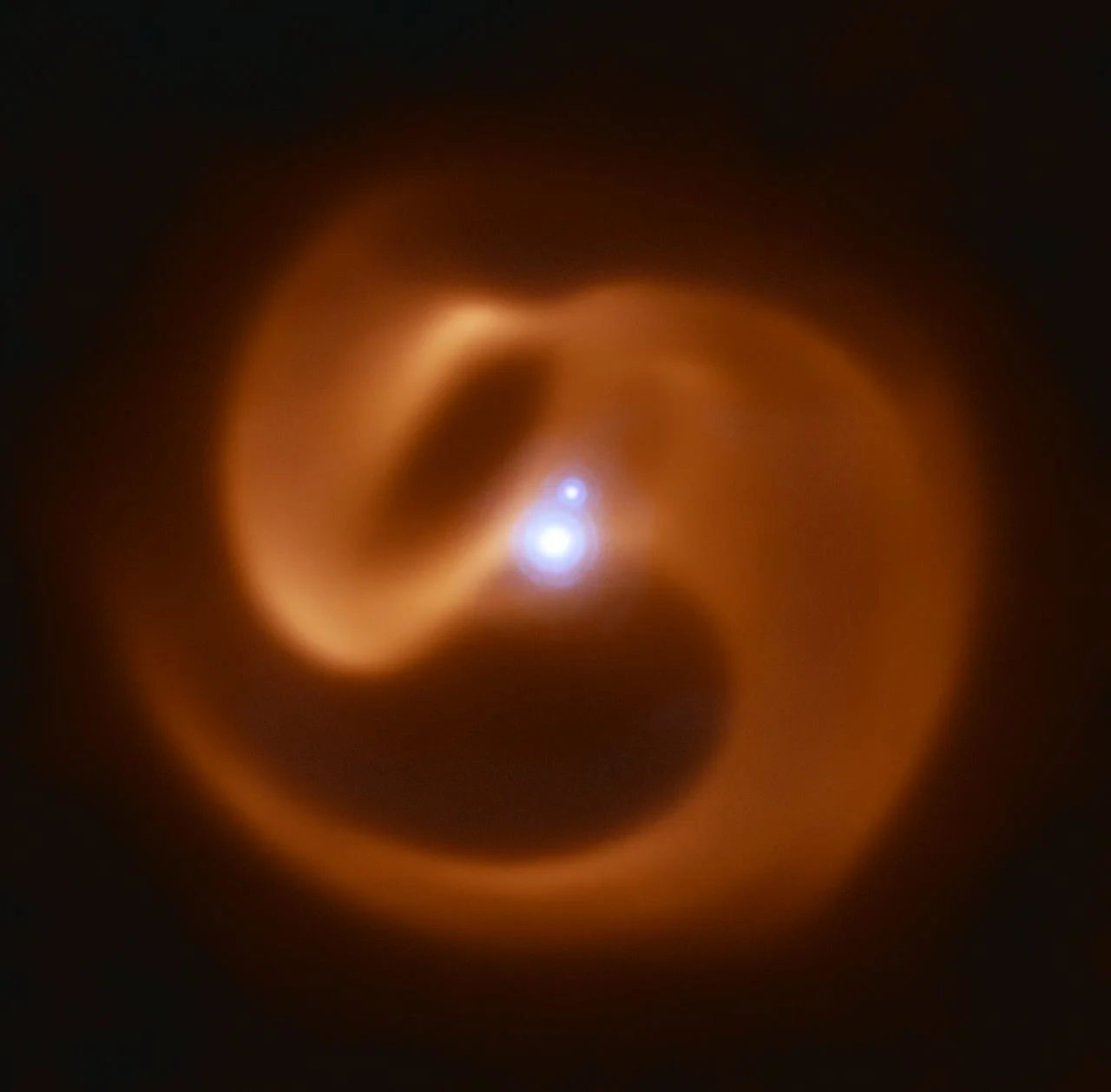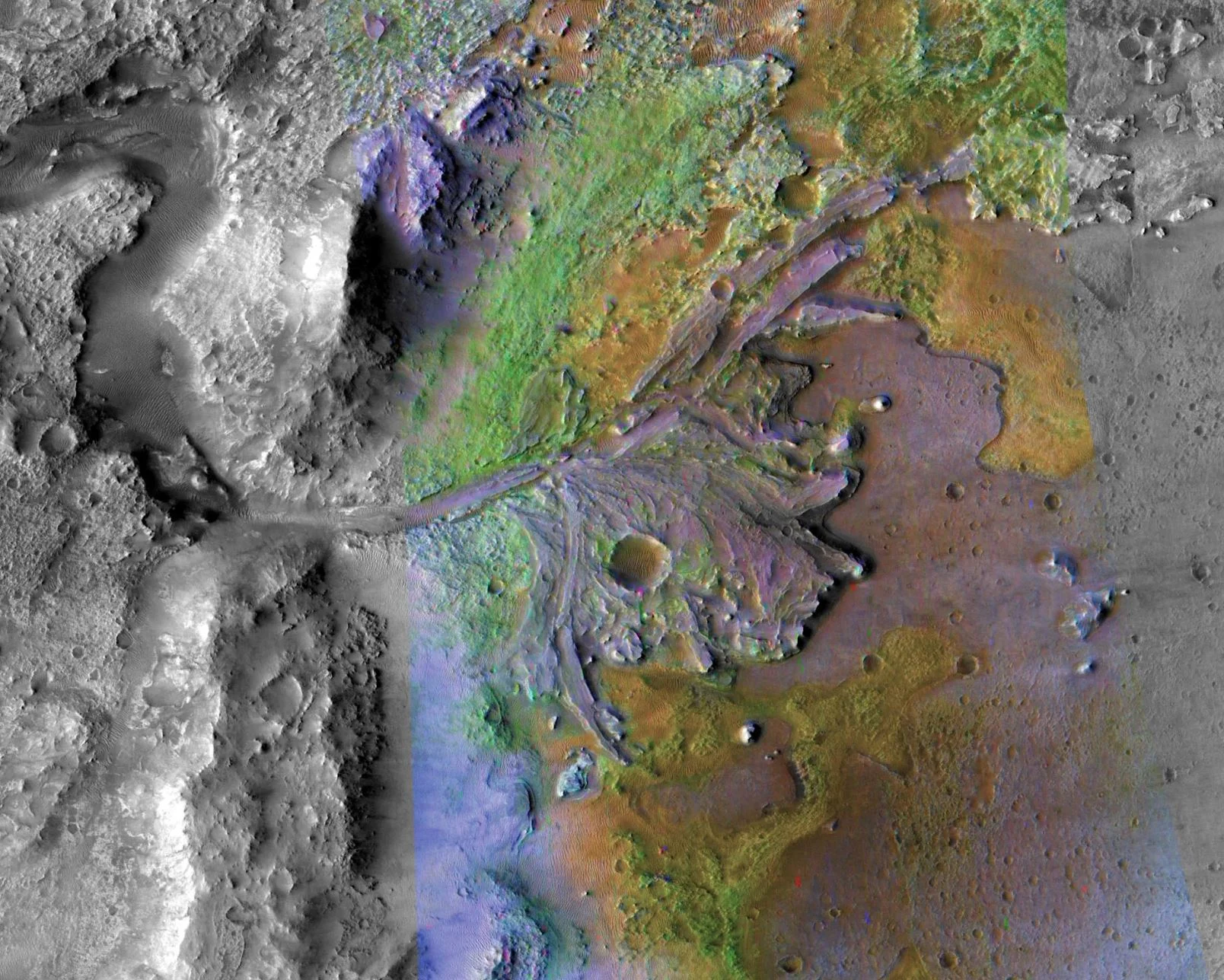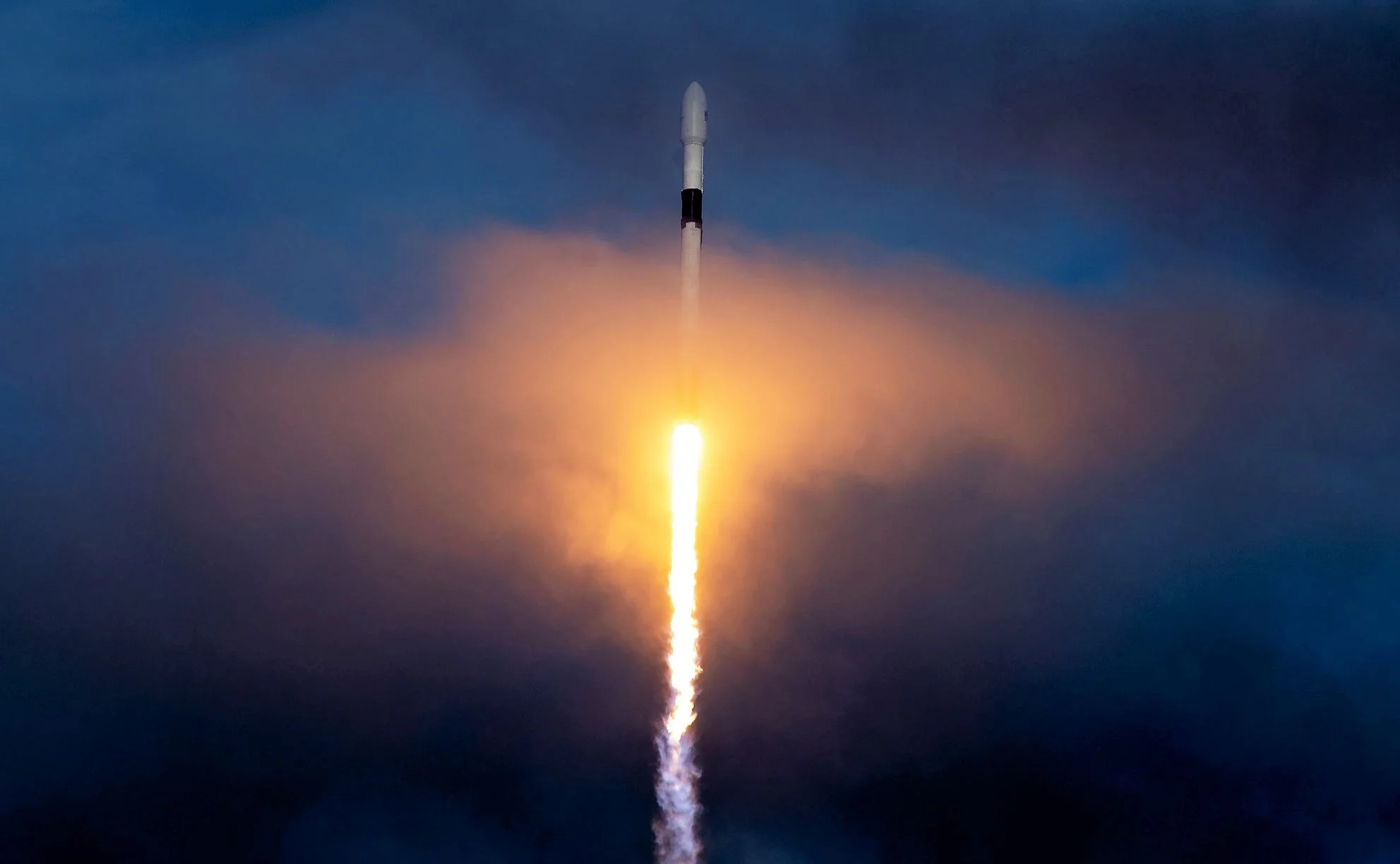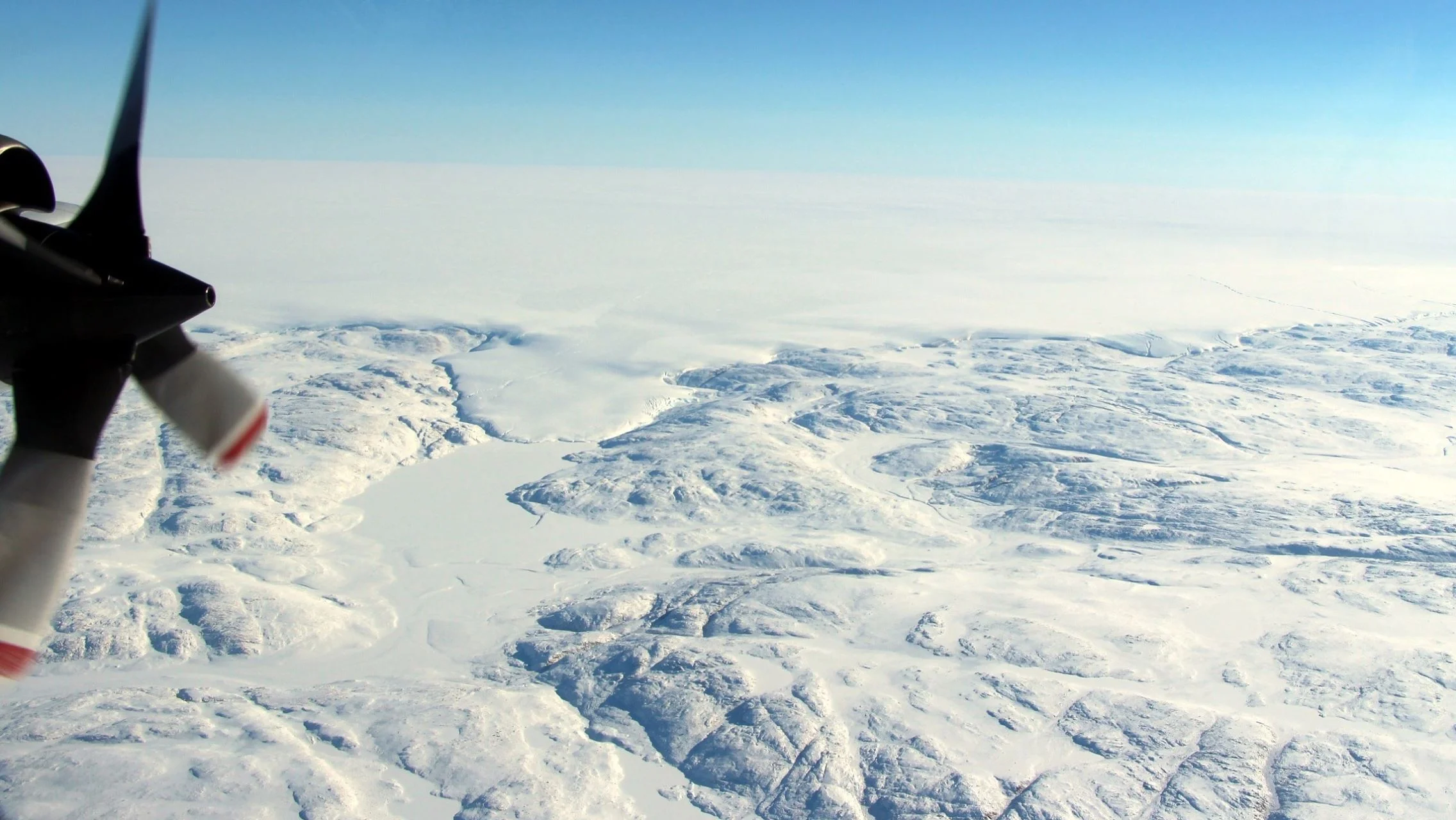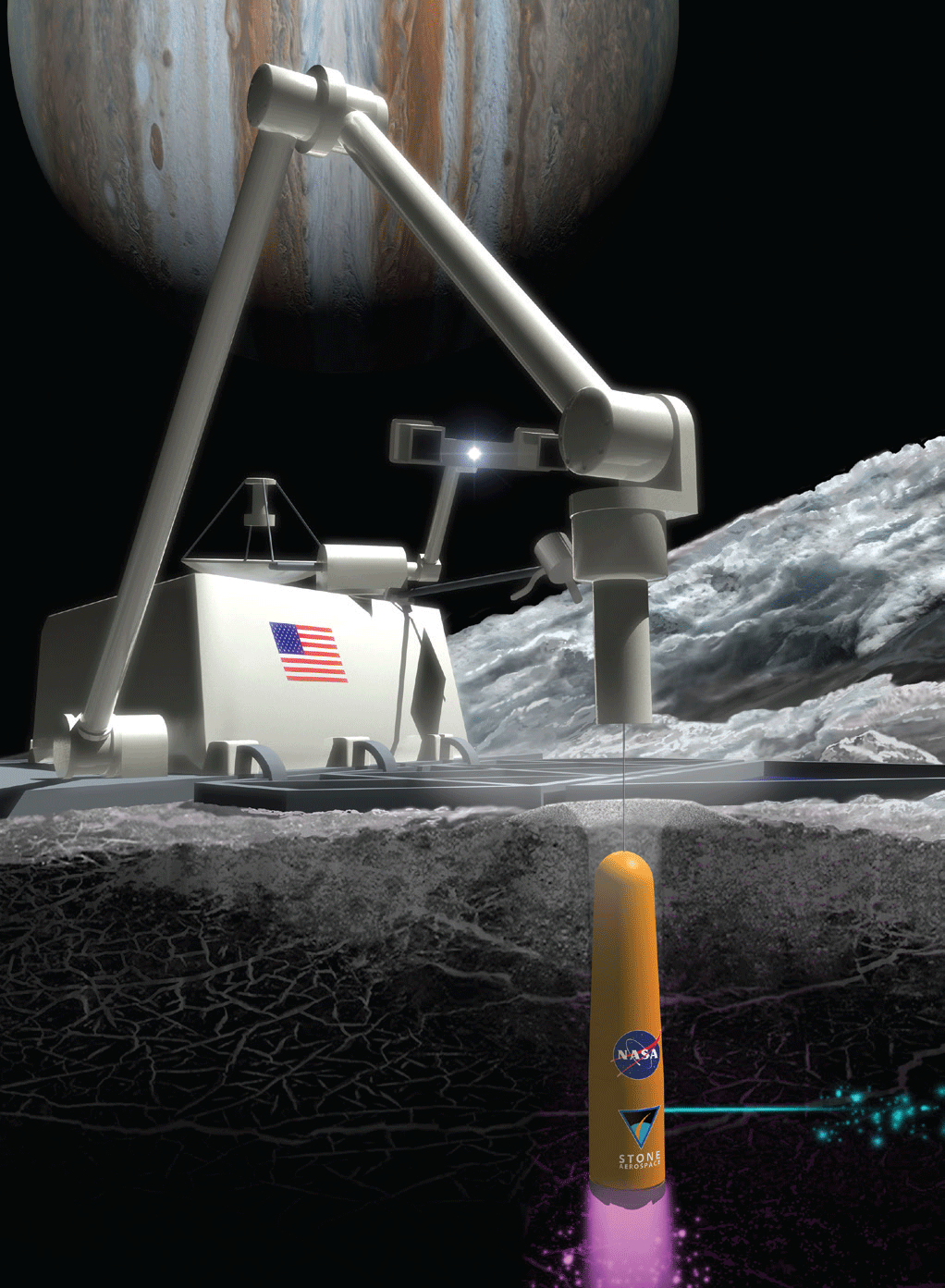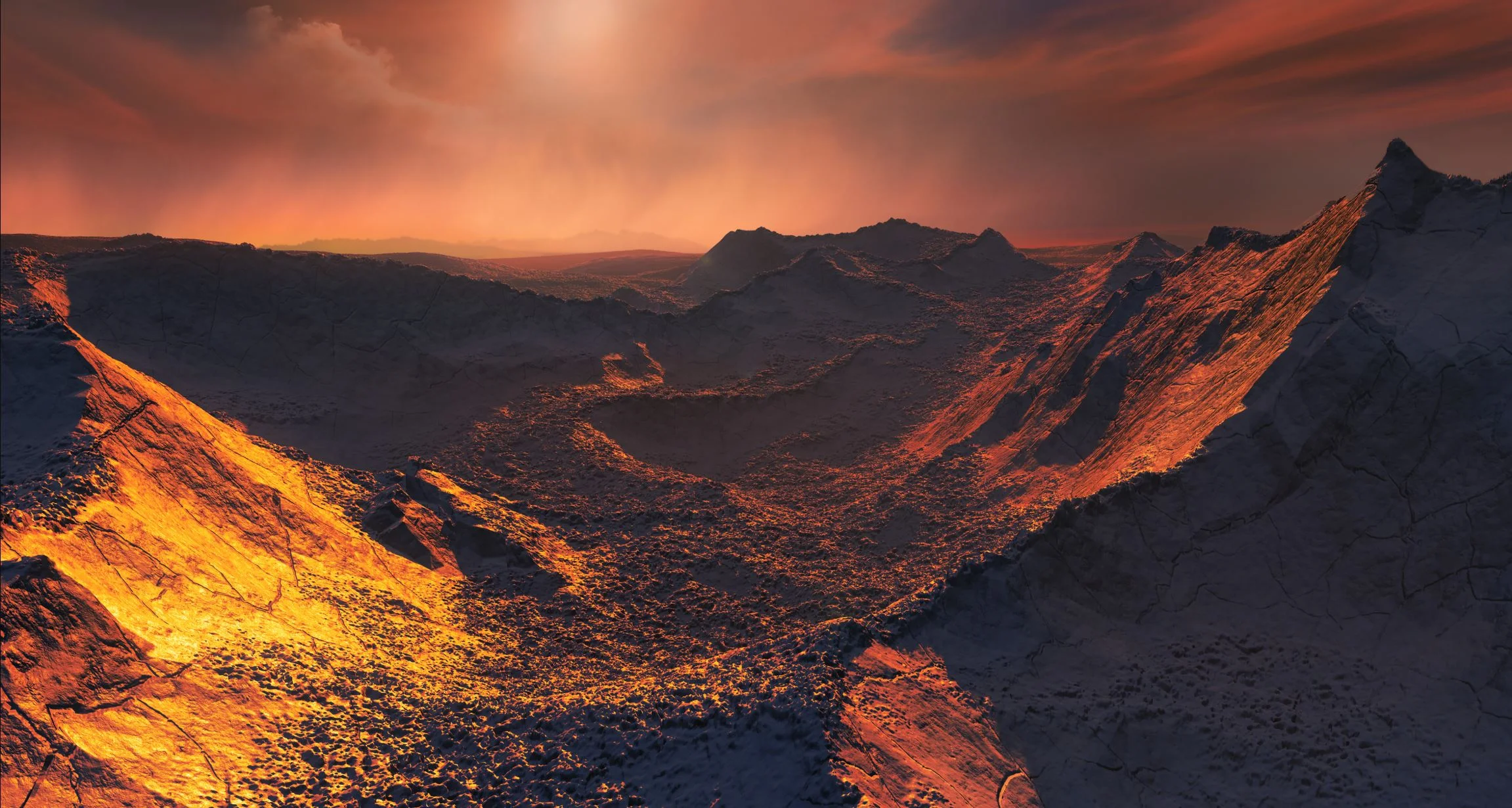Mars and Earth are like two siblings who have grown apart but there was a time when their resemblance was uncanny
NASA's Lucy in the Sky with … Asteroids?
A little over 4 billion years ago, the planets in our solar system coexisted with vast numbers of small rocky or icy objects orbiting the Sun. These were the last remnants of the planetesimals – the primitive building blocks that formed the planets. Most of these leftover objects were then lost, as shifts in the orbits of the giant planets scattered them to the distant outer reaches of the solar system or beyond. But some were captured in two less-distant regions, near points where the gravitational influence of Jupiter and the Sun balance, and have remained trapped there, mostly untouched, for billions of years.
Europe’s Vision of a Future Moon Base. Made out of Moon Dust
Exploding Stars Make Key Ingredient Found in Glass
We are all, quite literally, made of star dust. Many of the chemicals that compose our planet and our bodies were formed directly by stars. Now, a new study using observations by NASA's Spitzer Space Telescope reports for the first time that silica — one of the most common minerals found on Earth — is formed when massive stars explode.
Astronomers Unveil Growing Black Holes in Colliding Galaxies
Evidence of aliens? What to make of research and reporting on ‘Oumuamua, our visitor from space
How NASA Will Know When InSight Touches Down
NASA InSight Team on Course for Mars Touchdown
NASA's Mars Interior Exploration using Seismic Investigations, Geodesy and Heat Transport (InSight) spacecraft is on track for a soft touchdown on the surface of the Red Planet on Nov. 26, the Monday after Thanksgiving. But it's not going to be a relaxing weekend of turkey leftovers, football and shopping for the InSight mission team. Engineers will be keeping a close eye on the stream of data indicating InSight's health and trajectory, and monitoring Martian weather reports to figure out if the team needs to make any final adjustments in preparation for landing, only five days away.
ESO’s VLT captures details of an elaborate serpentine system sculpted by colliding stellar winds
What happens to the brain in zero gravity?
NASA has made a commitment to send humans to Mars by the 2030s. This is an ambitious goal when you think that a typical round trip will anywhere between three and six months and crews will be expected to stay on the red planet for up to two years before planetary alignment allows for the return journey home. It means that the astronauts have to live in reduced (micro) gravity for about three years – well beyond the current record of 438 continuous days in space held by the Russian cosmonaut Valery Polyakov.
NASA Announces Landing Site for Mars 2020 Rover
Abell 1033: To Boldly Go into Colliding Galaxy Clusters
SpaceX Gives More Details on how their Starlink Internet Service Will Work
For years, Elon Musk has talked about his plans to provide broadband internet access to the world using a constellation of satellites. Known as Starlink, this constellation was originally going to of nearly 12,000 low-cost satellites providing a terabit internet service. The first batch of these satellites is scheduled to launch in June of 2019, with the full constellation being deployed by the mid-2020s
An Unexpected Discovery Under Greenland Ice!
An international team of researchers, including a NASA glaciologist, has discovered a large meteorite impact crater hiding beneath more than a half-mile of ice in northwest Greenland. The crater — the first of any size found under the Greenland ice sheet — is one of the 25 largest impact craters on Earth, measuring roughly 1,000 feet deep and more than 19 miles in diameter, an area slightly larger than that inside Washington’s Capital Beltway
Here’s how the ‘brightest’ object in the universe formed
Active galaxies are some of the most luminous and impressive objects in the sky. They tend to be massive, distant and emit extraordinary amounts of energy as material falls into the supermassive black hole that lurks at their centre. Astronomers have recently discovered that some of them are also hidden from plain view by huge amounts of gas and smoke-like dust. But it is unclear how these rare objects form and feed.
Digging into the ice on Europa with lasers
Ever since the Pioneer and Voyager probes passed through the Jovian system in the 1970s, NASA and other space agencies have dreamed of one-day sending a mission to Europa. Beyond Earth, it is considered one of the most promising candidates for finding life, which could exist in the subsurface ocean that lies beneath the moon’s icy crust.
The Most Luminous Galaxy Is Eating Its Neighbors
The most luminous galaxy ever discovered is cannibalizing not one, not two, but at least three of its smaller neighbors, according to a new study published today (Nov. 15) in the journal Science and coauthored by scientists from NASA's Jet Propulsion Laboratory in Pasadena, California. The material that the galaxy is stealing from its neighbors is likely contributing to its uber-brightness, the study shows.
A super-Earth found in our stellar back yard!
Direct Observations of a Planet Orbiting a Star 63 Light-Years Away
In the past thirty years, the number of planets discovered beyond our Solar System has grown exponentially. Unfortunately, due to the limitations of our technology, the vast majority of these exoplanets have been discovered by indirect means, often by detecting the transits of planets in front of their stars (the Transit Method) or by the gravitational influence they exert on their star (the Radial Velocity Method)

